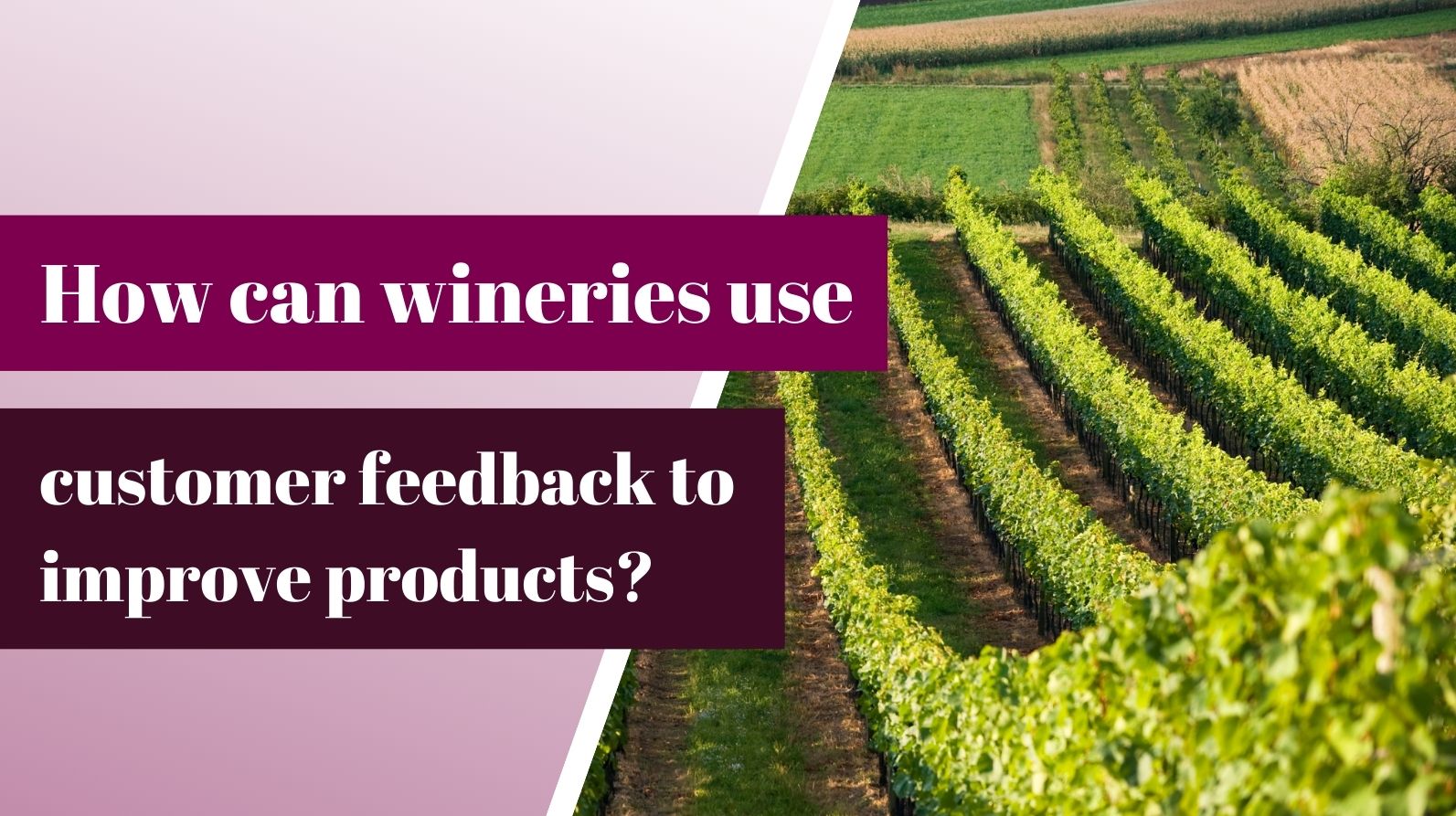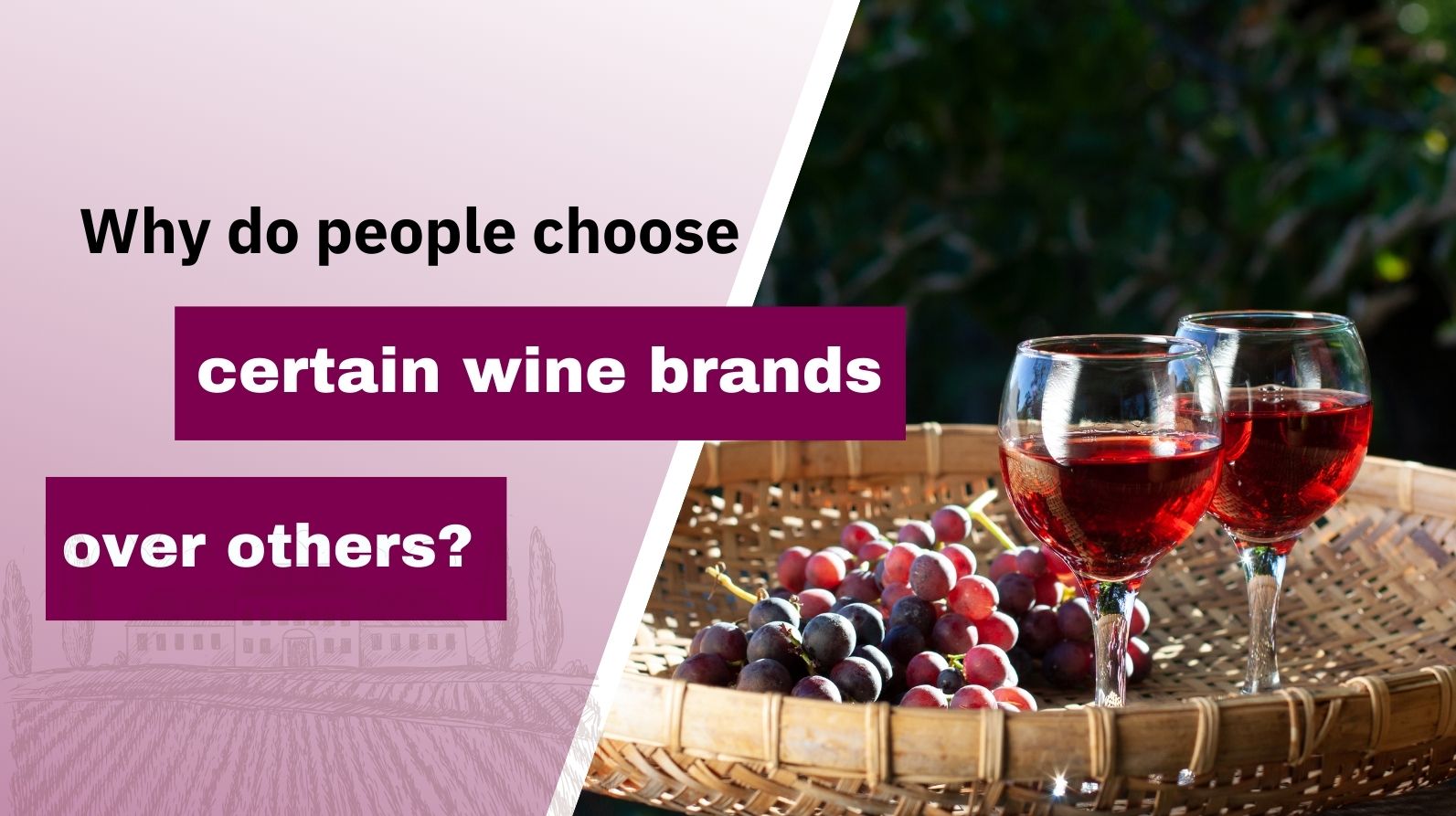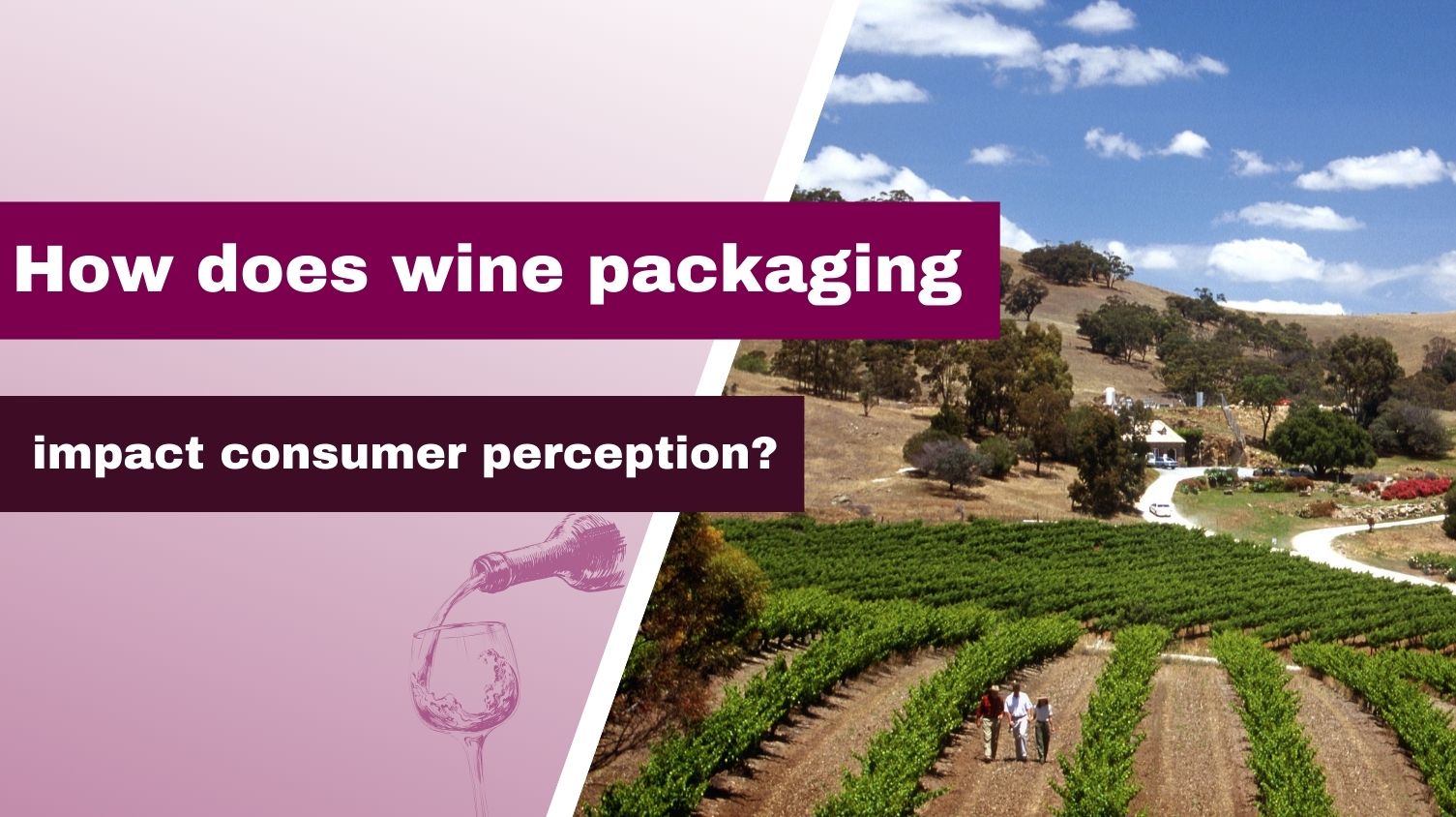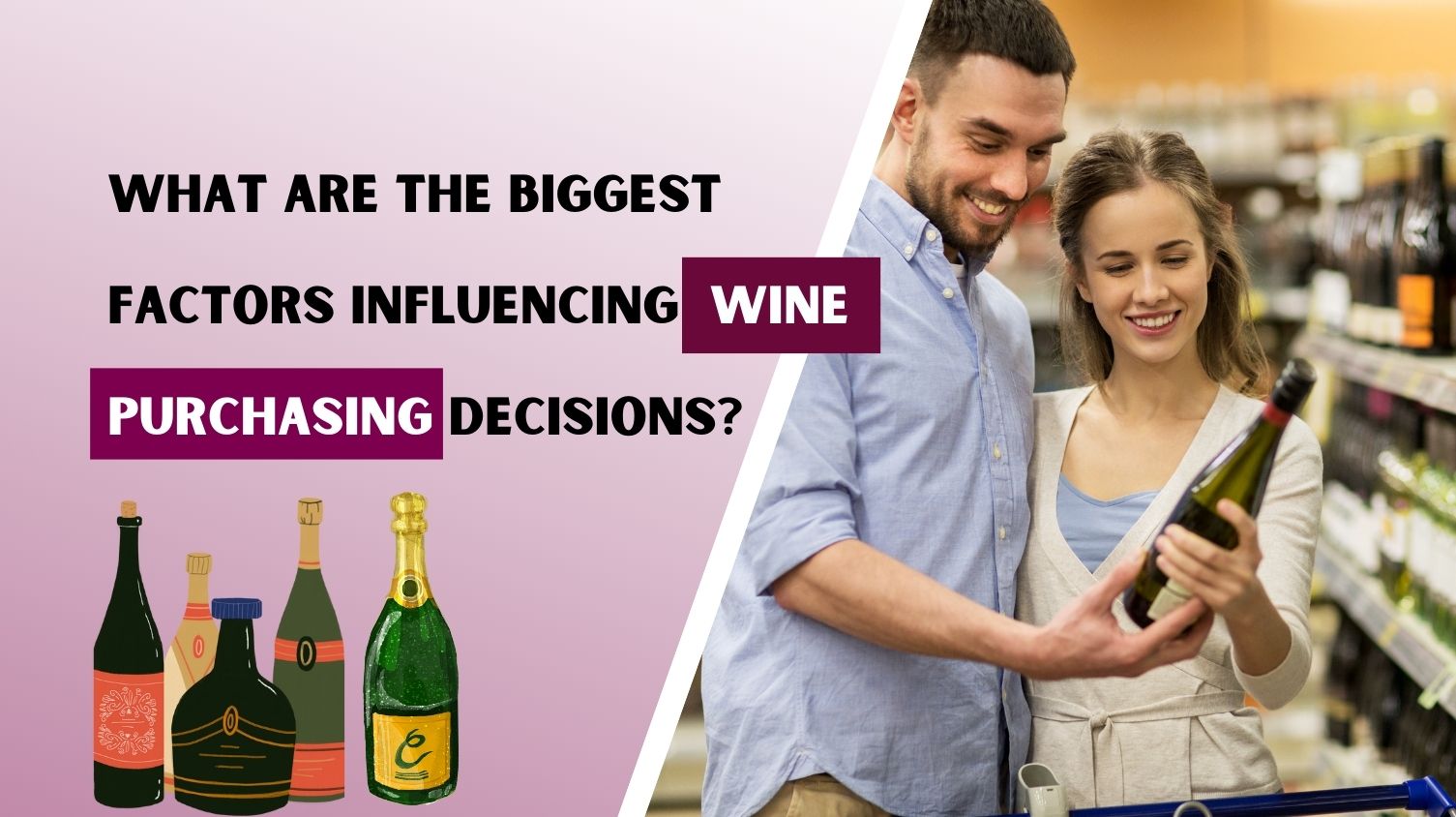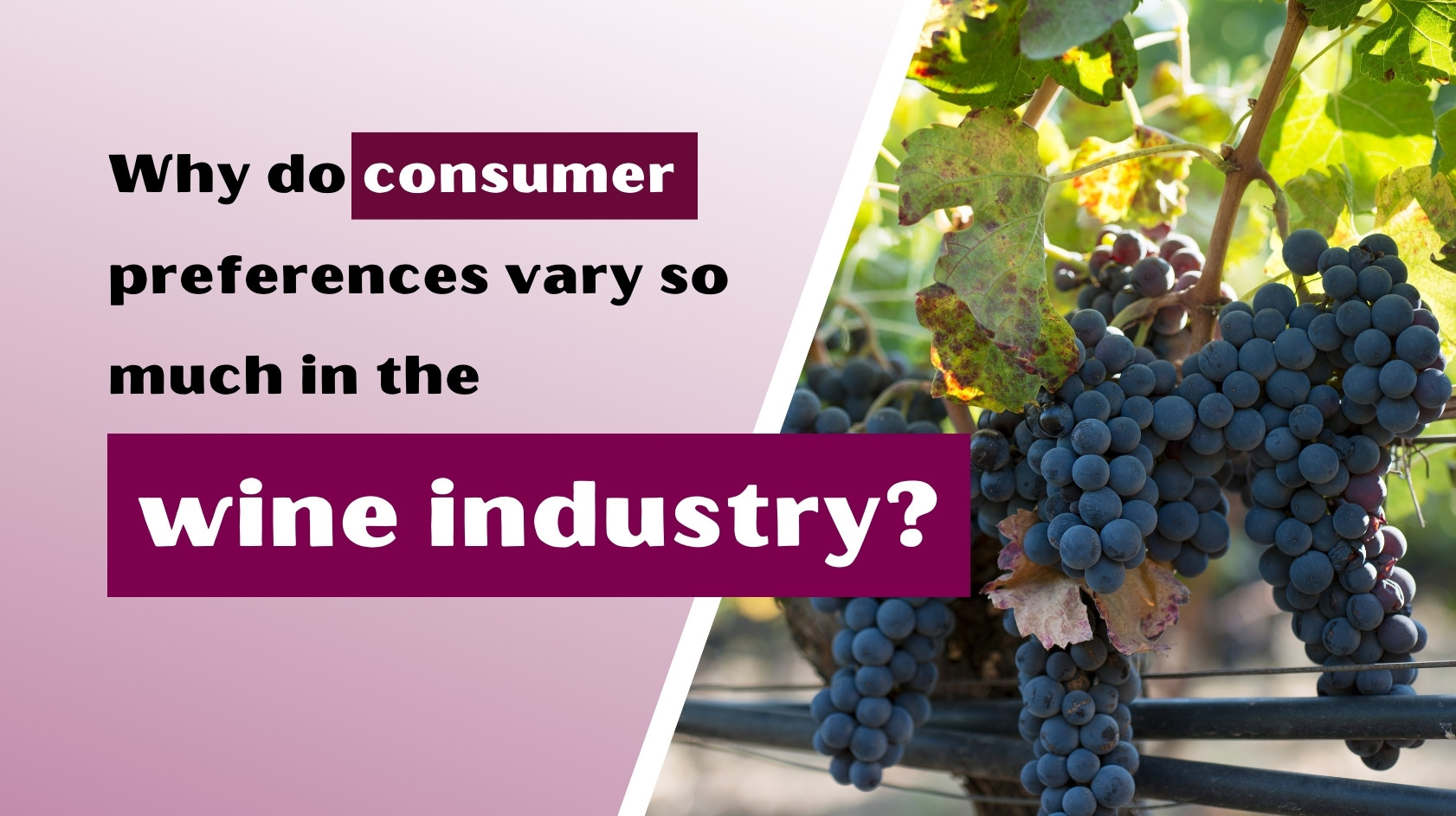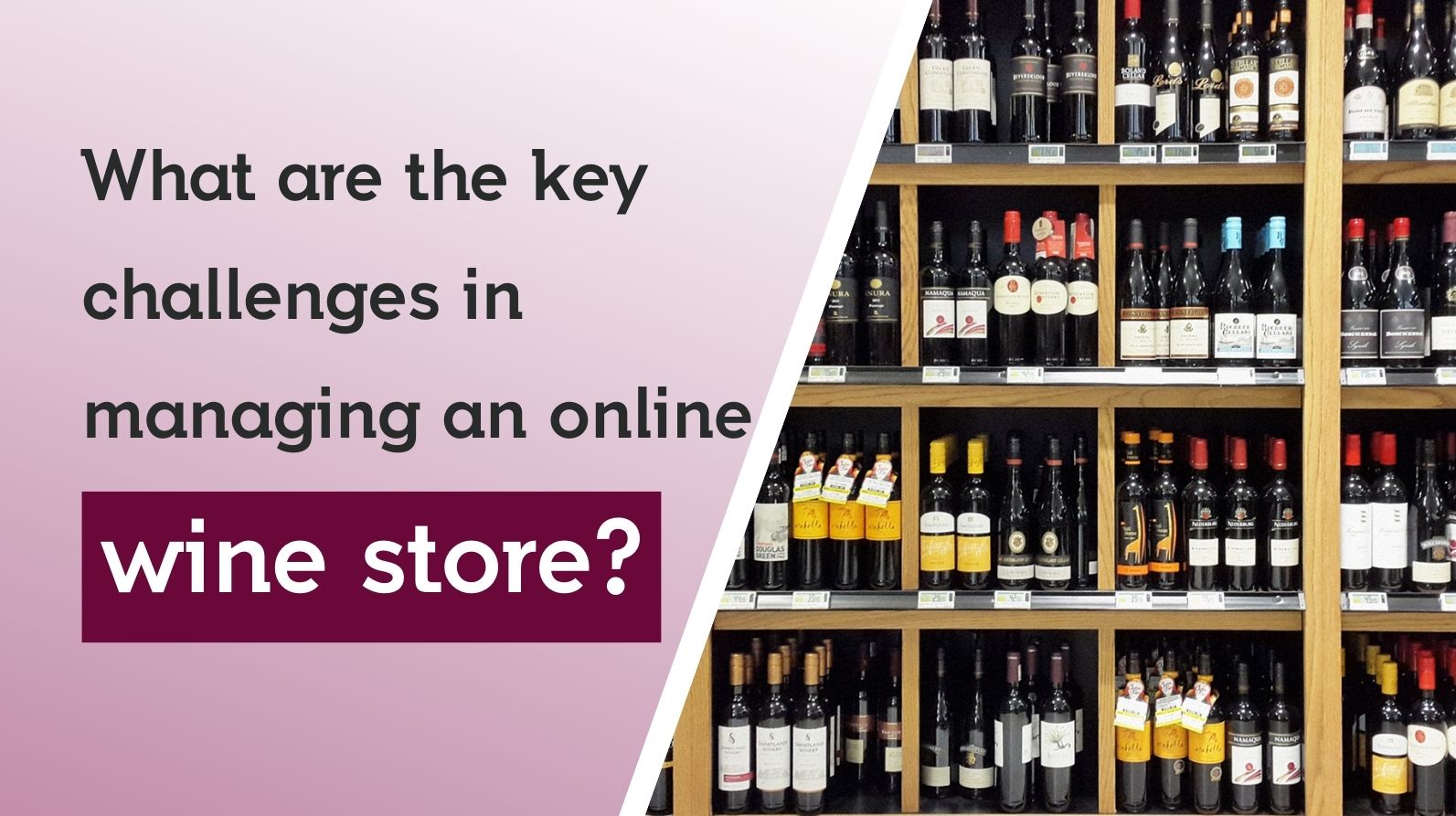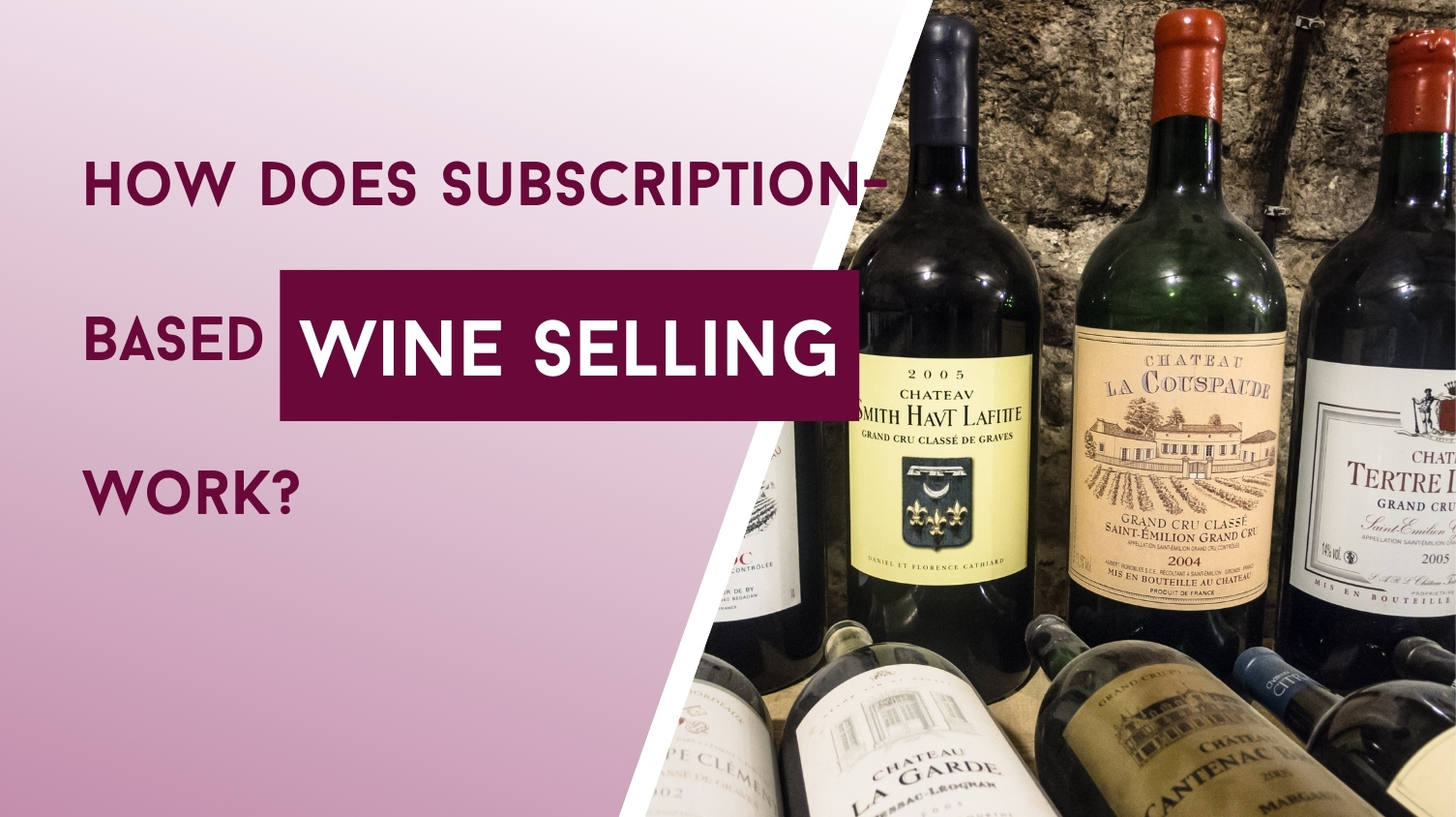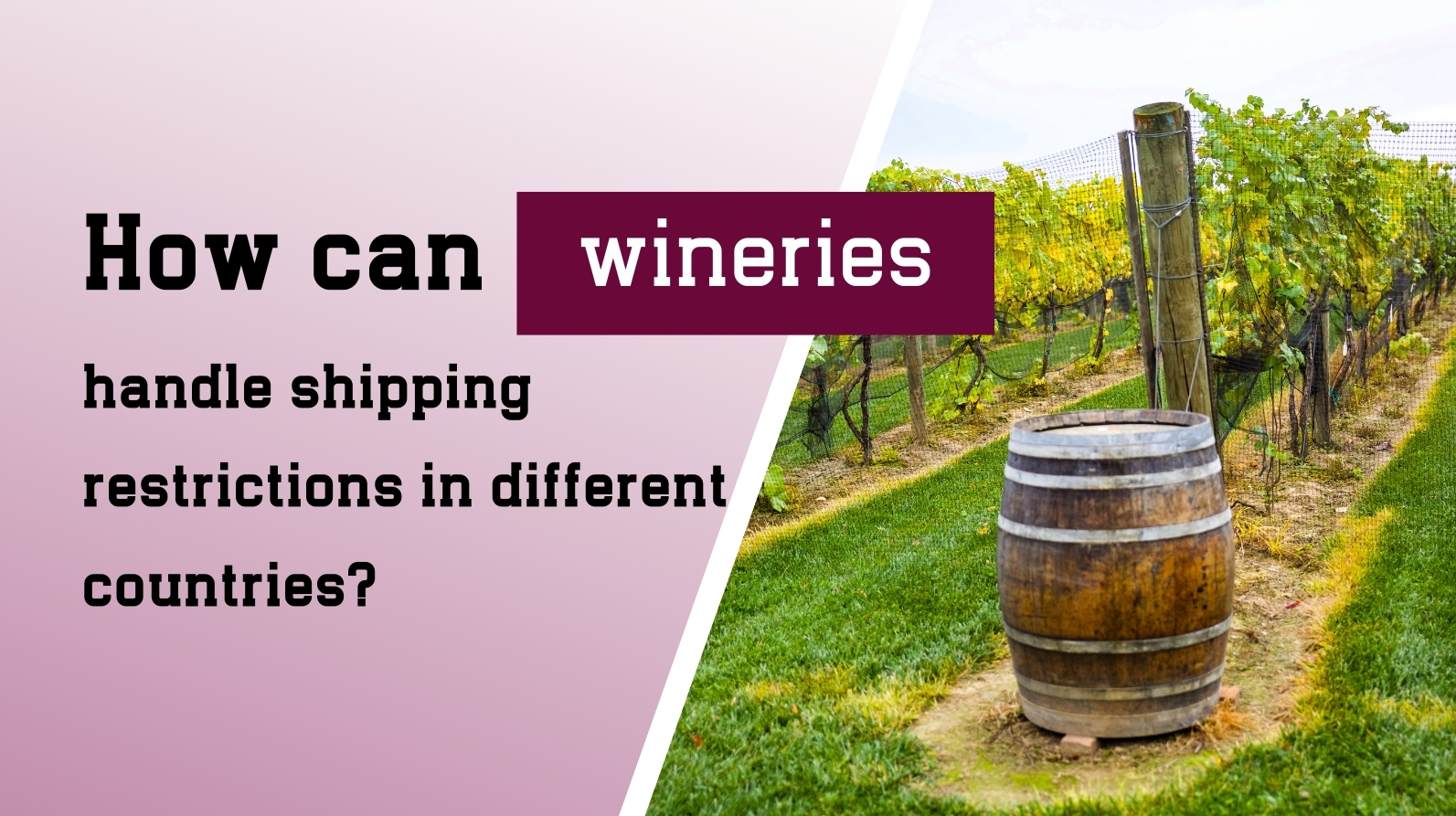10 Common Wine Marketing Mistakes and How to Fix Them?

Introduction
The wine industry is highly competitive, and marketing plays a huge role in a winery’s success. While making high-quality wine is important, many wineries struggle with effective marketing. This can lead to lost sales, missed opportunities, and weak brand recognition.
In this article, we will explore the 10 most common wine marketing mistakes and provide simple solutions to help wineries improve their strategies, connect with customers, and grow their business.
1. Lack of a Clear Business Plan
Mistake:
Many wineries start marketing without a structured business plan. This can result in inconsistent branding, unclear messaging, and wasted resources.
Solution:
Create a detailed marketing plan that includes:
Mission & Vision: Define what makes your winery unique.
Target Audience: Identify who your ideal customers are.
Marketing Strategies: Plan how to reach and engage potential buyers.
Budget & Goals: Set clear financial targets and ways to measure success.
Without a clear roadmap, marketing efforts can become scattered and ineffective.
2. Inconsistent Branding and Messaging
Mistake:
If a winery’s website, social media, packaging, and advertisements all look different, it confuses customers and weakens brand recognition.
Solution:
Develop a Brand Style Guide that includes:
Logo usage, fonts, and colors.
The tone of voice and messaging style.
Consistent storytelling across all platforms.
Every marketing material, from your website to labels and emails, should reflect your brand’s personality. A strong and consistent brand builds trust and customer loyalty.
3. Not Understanding the Target Audience
Mistake:
Many wineries assume they know their customers without researching their actual preferences and behaviors. This leads to ineffective marketing efforts.
Solution:
Use customer surveys, website analytics, and social media insights to understand:
Preferred wine styles, pricing, and packaging.
Buying habits (online shopping vs. in-store purchases).
Demographics like age, gender, and location.
Once you know your audience, you can create personalized marketing campaigns that attract the right customers.
4. Not Tracking Marketing Performance
Mistake:
Some wineries launch marketing campaigns without measuring results, leading to wasted money and missed opportunities.
Solution:
Monitor key performance indicators such as:
Website visitors and online sales.
Social media engagement (likes, comments, shares).
Email open rates and sales from promotions.
Use tools like Google Analytics, Facebook Insights, and email marketing platforms to track performance. Regularly reviewing data helps wineries refine their strategies and improve results.
5. Ignoring Social Media
Mistake:
Many wineries either ignore social media or use it inconsistently, missing a chance to connect with wine lovers worldwide.
Solution:
Post high-quality photos and videos of vineyard tours, winemaking, and food pairings.
Engage with customers by responding to comments and messages.
Use hashtags, collaborate with influencers, and run paid ads to reach more people.
A strong social media presence increases brand awareness and drives sales.
6. Overlooking Repeat Sales
Mistake:
Some wineries focus only on getting new customers and forget about existing ones, leading to lost revenue.
Solution:
Create wine club memberships with exclusive perks.
Send personalized email offers based on past purchases.
Offer loyalty programs where customers earn rewards for repeat purchases.
Studies show that repeat customers spend 67% more than first-time buyers. Keeping current customers engaged is key to long-term profitability.
7. Relying Too Much on Wine Scores
Mistake:
While high wine scores from critics can boost credibility, relying only on scores may turn away casual wine drinkers who value experience over ratings.
Solution:
Use storytelling to market your wines instead of just scores.
Host wine tasting events, virtual tours, and behind-the-scenes experiences.
Encourage customer reviews and social media posts about their experiences.
People trust recommendations from friends and other consumers more than expert ratings.
8. Stereotyping Wine Consumers
Mistake:
Some wineries assume that only older men or wealthy customers buy wine, which limits their marketing reach.
Solution:
Target diverse audiences like women, younger generations, and international buyers.
Offer affordable wine options to attract first-time buyers.
Create marketing content that speaks to different types of consumers.
By breaking stereotypes, wineries can reach new customer groups and increase sales.
9. Trying to Please Everyone
Mistake:
Some wineries try to market to everyone, making their branding too broad and generic.
Solution:
Find your niche (e.g., organic wines, luxury wines, sparkling wines, or bold reds).
Focus on targeted messaging and storytelling that appeals to your ideal customers.
Differentiate your brand from competitors by staying true to your unique style.
A clear and well-defined brand helps attract the right customers who will appreciate and support your wines.
10. Thinking Short-Term Instead of Long-Term
Mistake:
Some wineries view marketing as a one-time effort instead of an ongoing process, which leads to weak brand recall.
Solution:
Create consistent content such as blog posts, videos, and newsletters.
Invest in search engine optimization (SEO) to attract more organic website traffic.
Build long-term customer relationships through email marketing and loyalty programs.
Successful marketing is a continuous process, not a short-term campaign. Consistency is key to growing your brand and sales over time.
Final Thoughts
Marketing mistakes can hold a winery back from reaching its full potential. However, by avoiding these 10 common errors and following the solutions outlined, wineries can build a strong brand, attract more customers, and grow their business successfully.
Key Takeaways:
Create a clear marketing plan and understand your audience.
Maintain consistent branding and messaging.
Use data to track performance and improve strategies.
Engage customers through social media and loyalty programs.
Think long-term and invest in continuous marketing efforts.
By implementing these strategies, wineries can boost their visibility, increase sales, and build lasting customer relationships.
Frequently Asked Questions (FAQs)
1. Why is branding important for wineries?
Branding helps create a memorable identity that attracts loyal customers and sets a winery apart from competitors.
2. How can small wineries compete with bigger brands?
By focusing on niche markets, personalized customer experiences, and strong storytelling rather than mass marketing.
3. What is the best way to increase repeat sales?
Implementing wine clubs, loyalty programs, and personalized email marketing can encourage repeat purchases.
4. How can wineries improve their social media presence?
By posting high-quality content, engaging with customers, and using targeted ads to reach the right audience.
5. What are the biggest wine marketing trends today?
Sustainability, digital marketing, influencer collaborations, and direct-to-consumer sales are key trends shaping the industry.
By following these best practices, wineries can avoid costly mistakes and grow their brand successfully in a competitive market.

